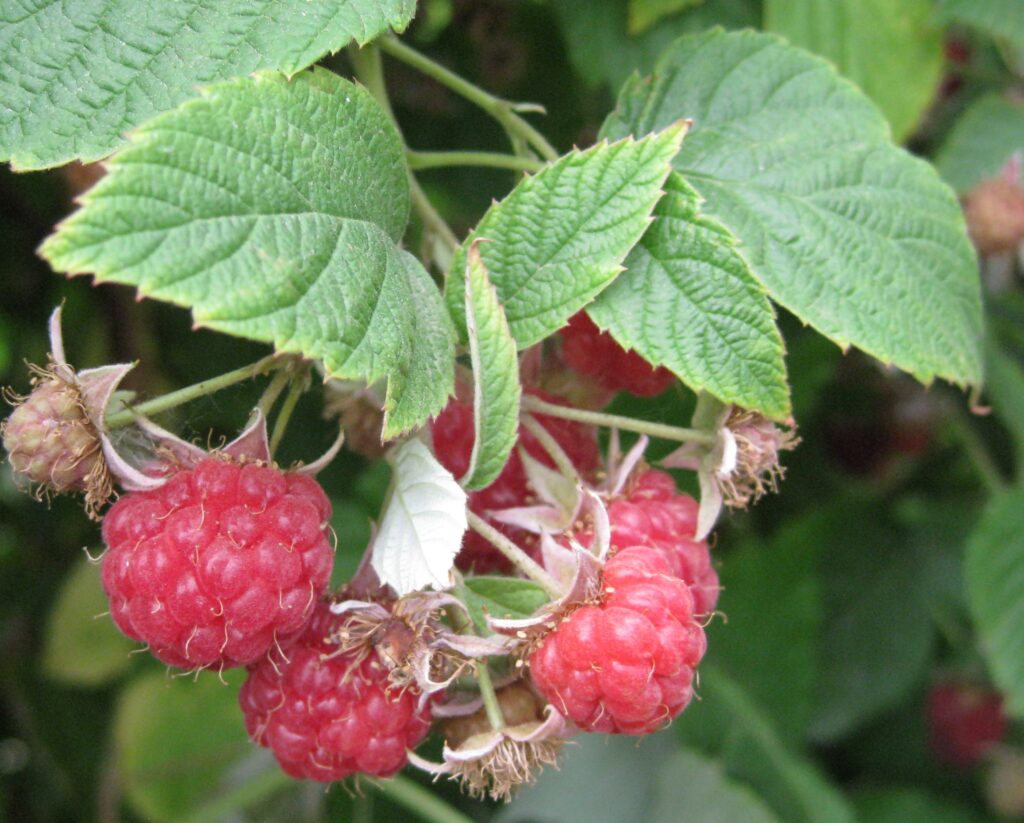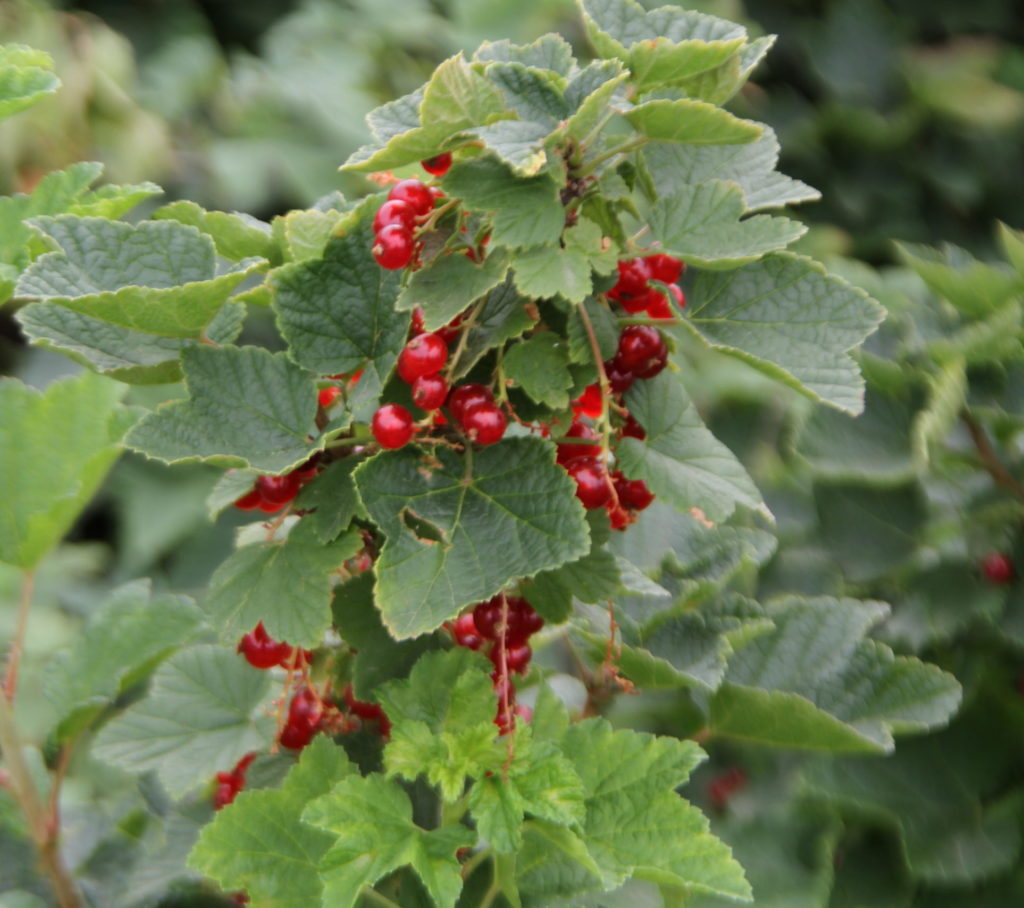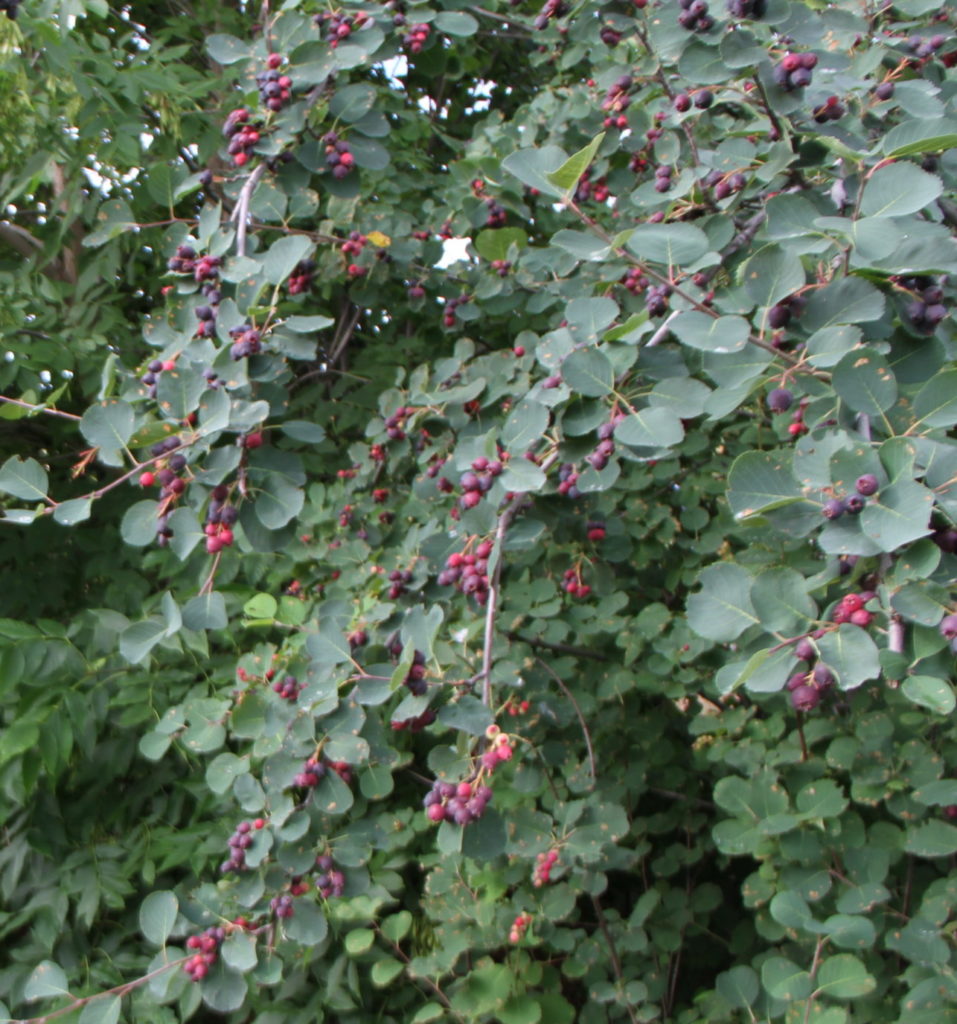Most gardeners I know tend to be fairly haphazard with their raspberry patches and that may include myself. And you can be because they tend to spread on their own (much more than you might want in some cases) and come back year after year without too much effort. However, with some forethought to the soil, attention to variety you’re planting, and regular pruning, you can maximize the quality and production of your raspberry patch.

Raspberries are personally one of my favorite berries to eat fresh or frozen. Although American red raspberries (Rubus idaeus L.) grow wild throughout Alaska, they can be annoyingly small and wormy, although their intense taste does compensate somewhat for these drawbacks. But in my backyard, I’d rather grow larger, more productive cultivars of raspberries. Raspberries also meet most of the criteria I have when choosing what to grow: they are a high dollar item, best fresh, highly perishable, can be eaten without cooking, can be harvested successively, and are something my family will eat as much of as I can grow. As with strawberries, there is a lot to learn about how to maximize production.
Continue reading
